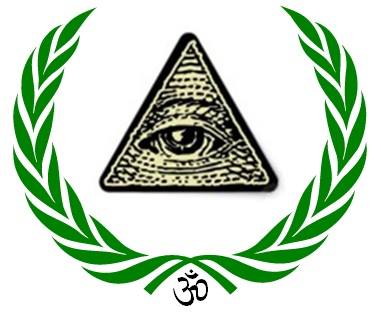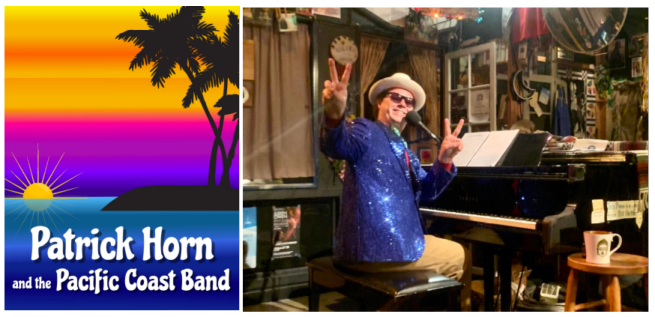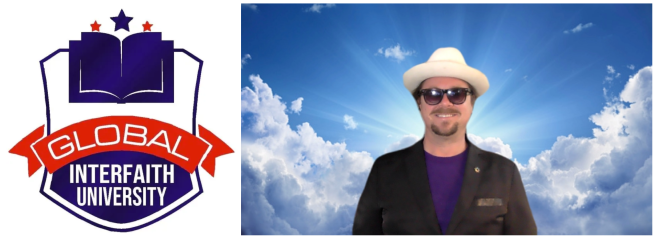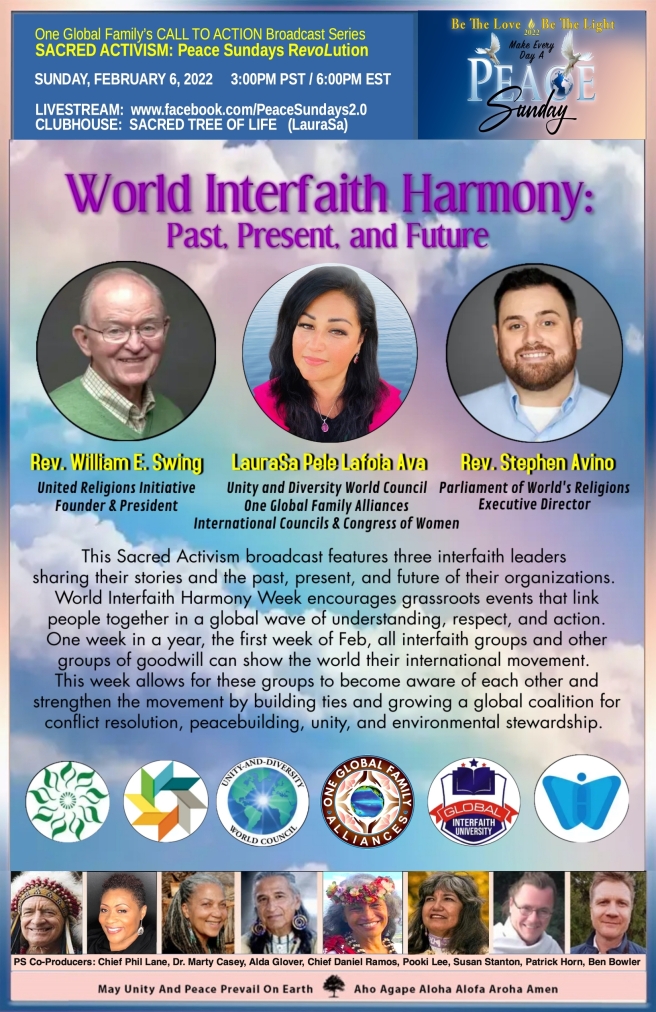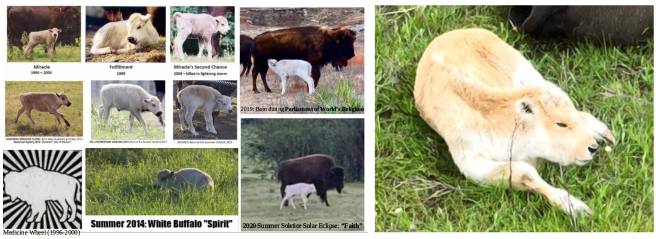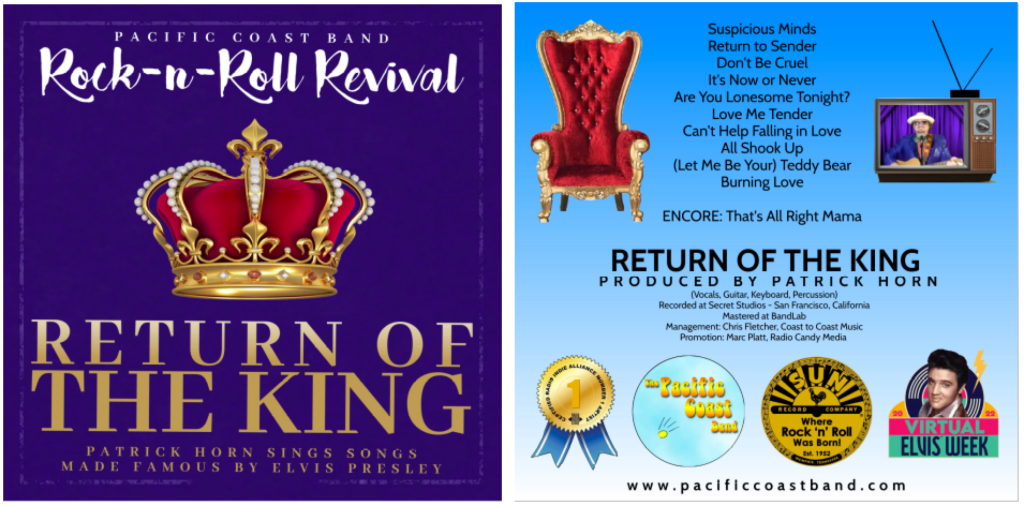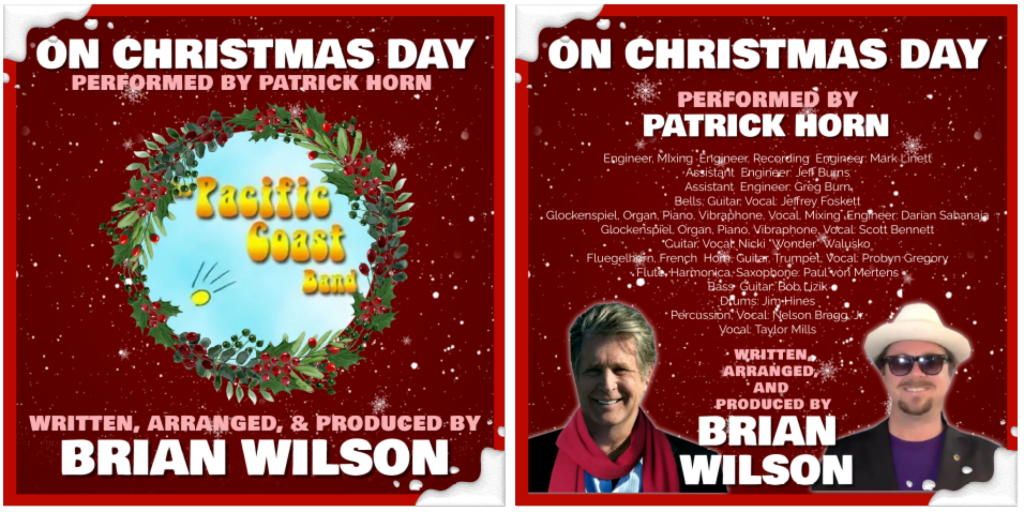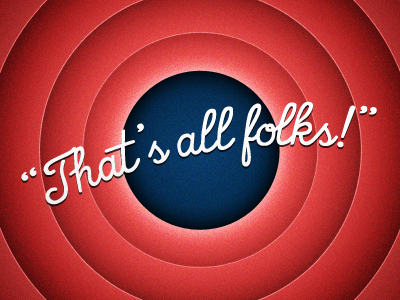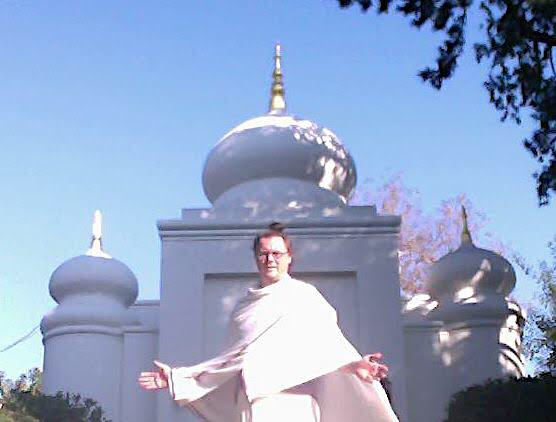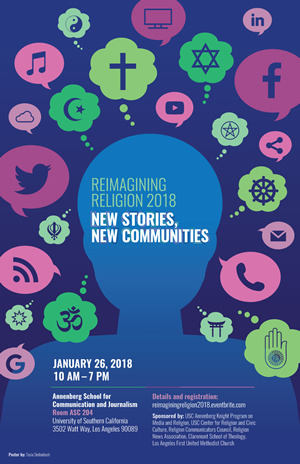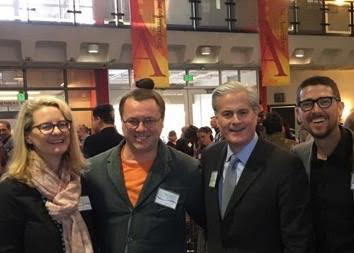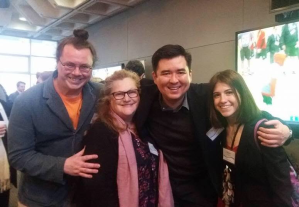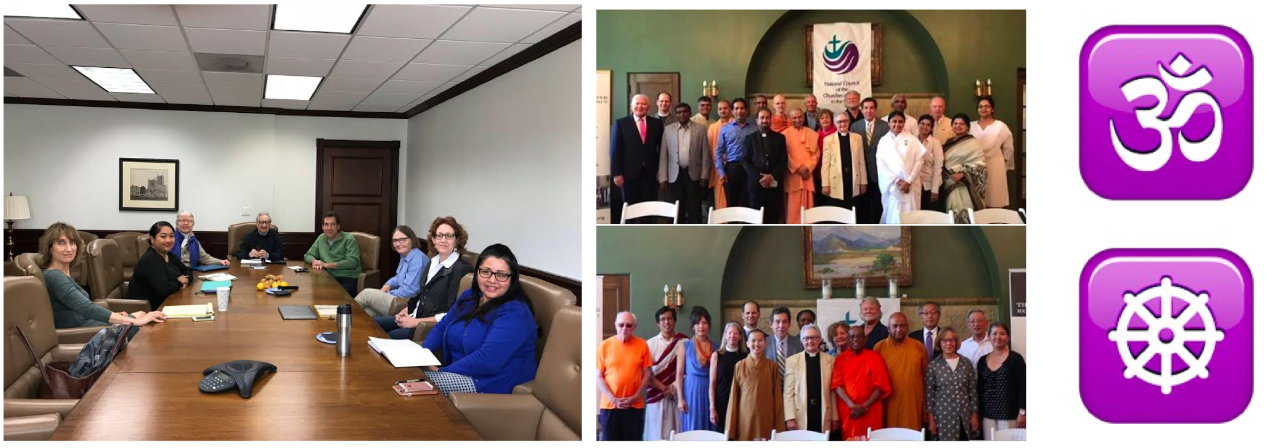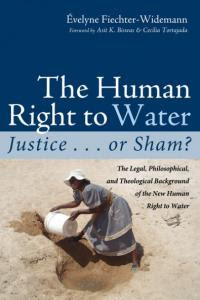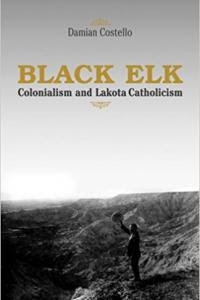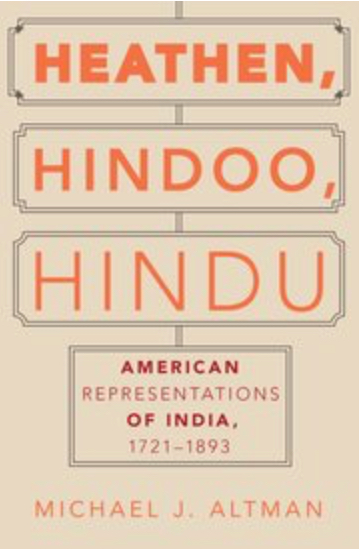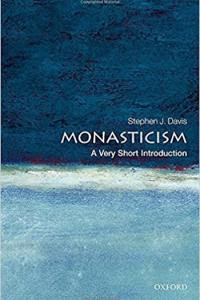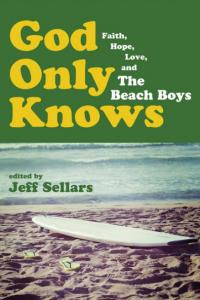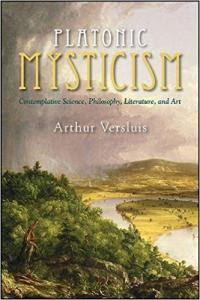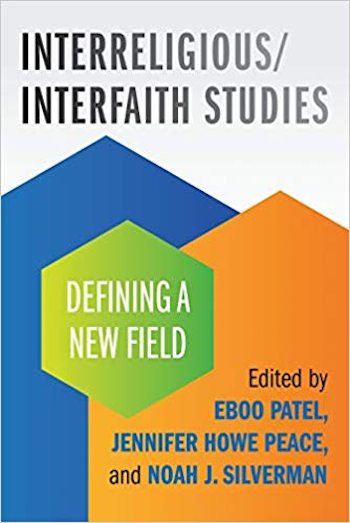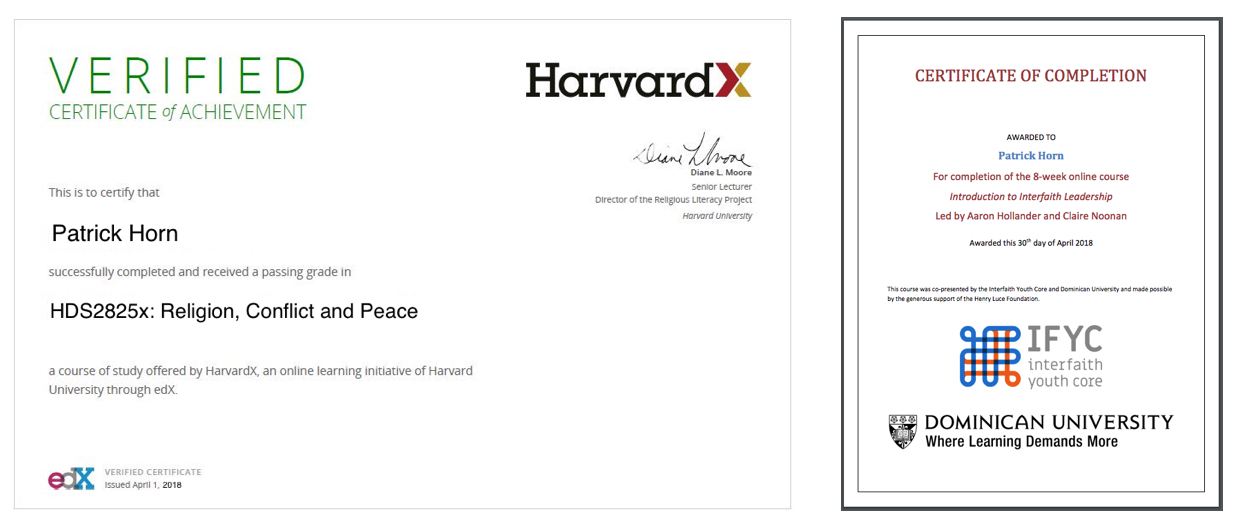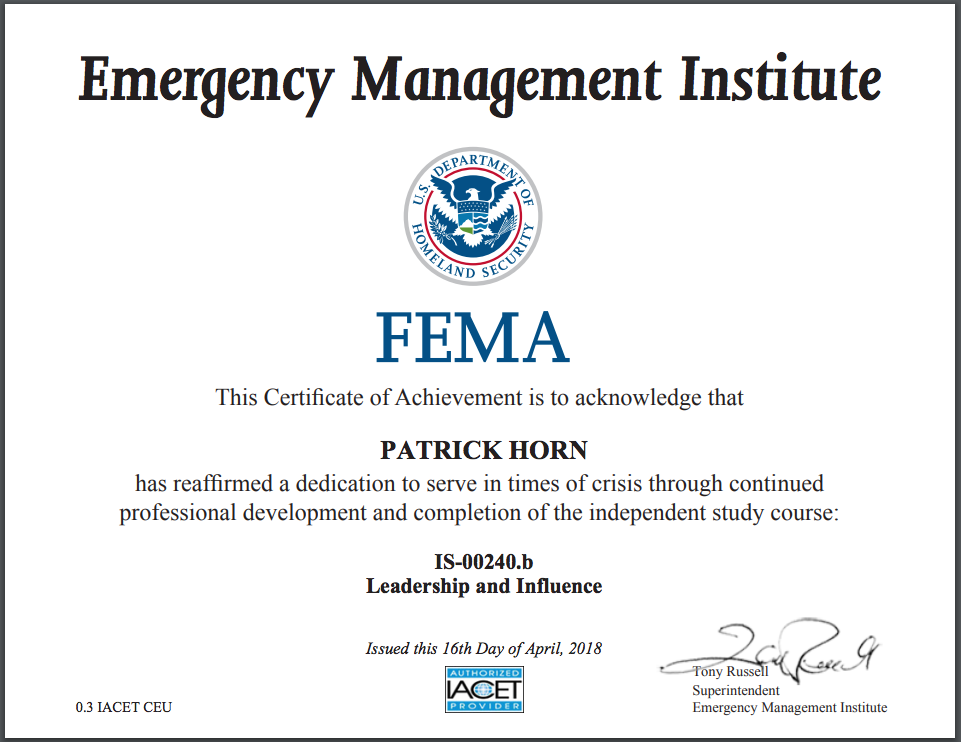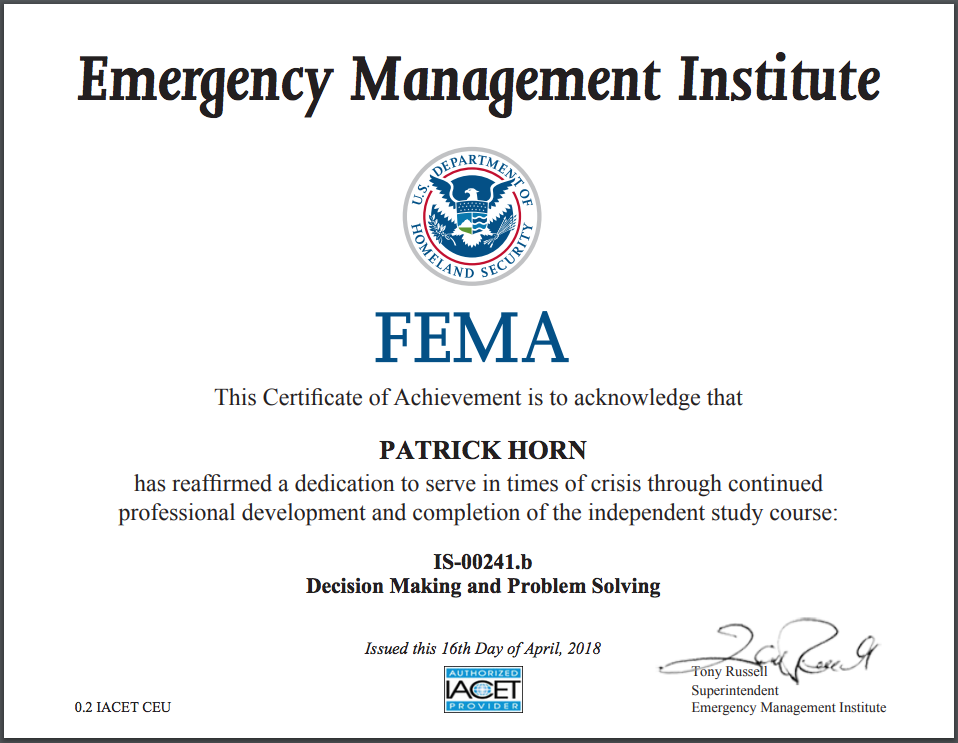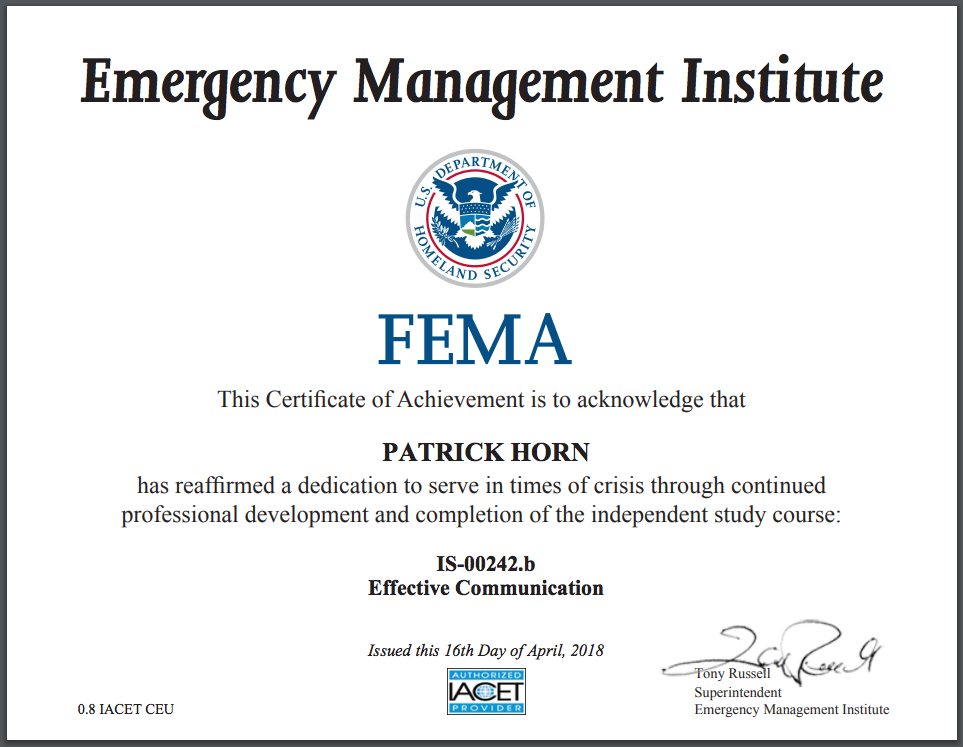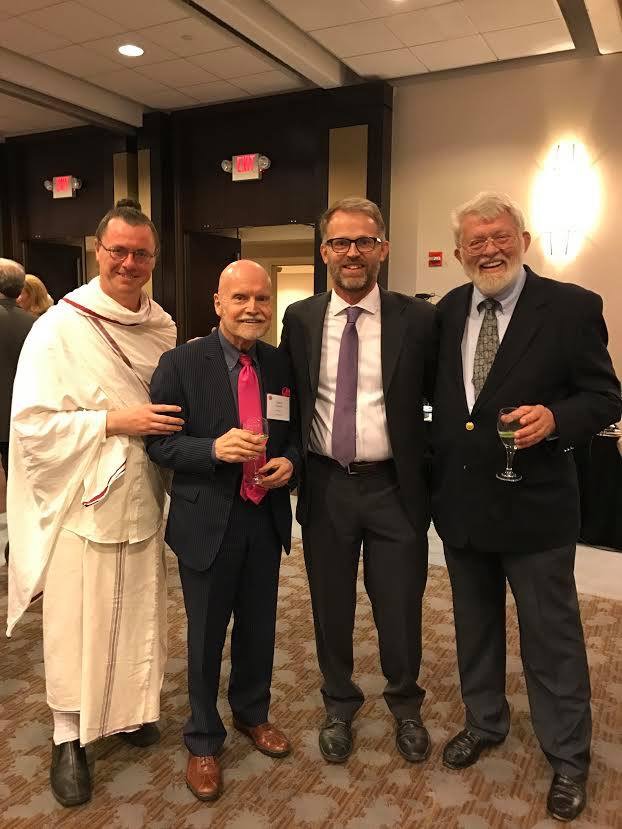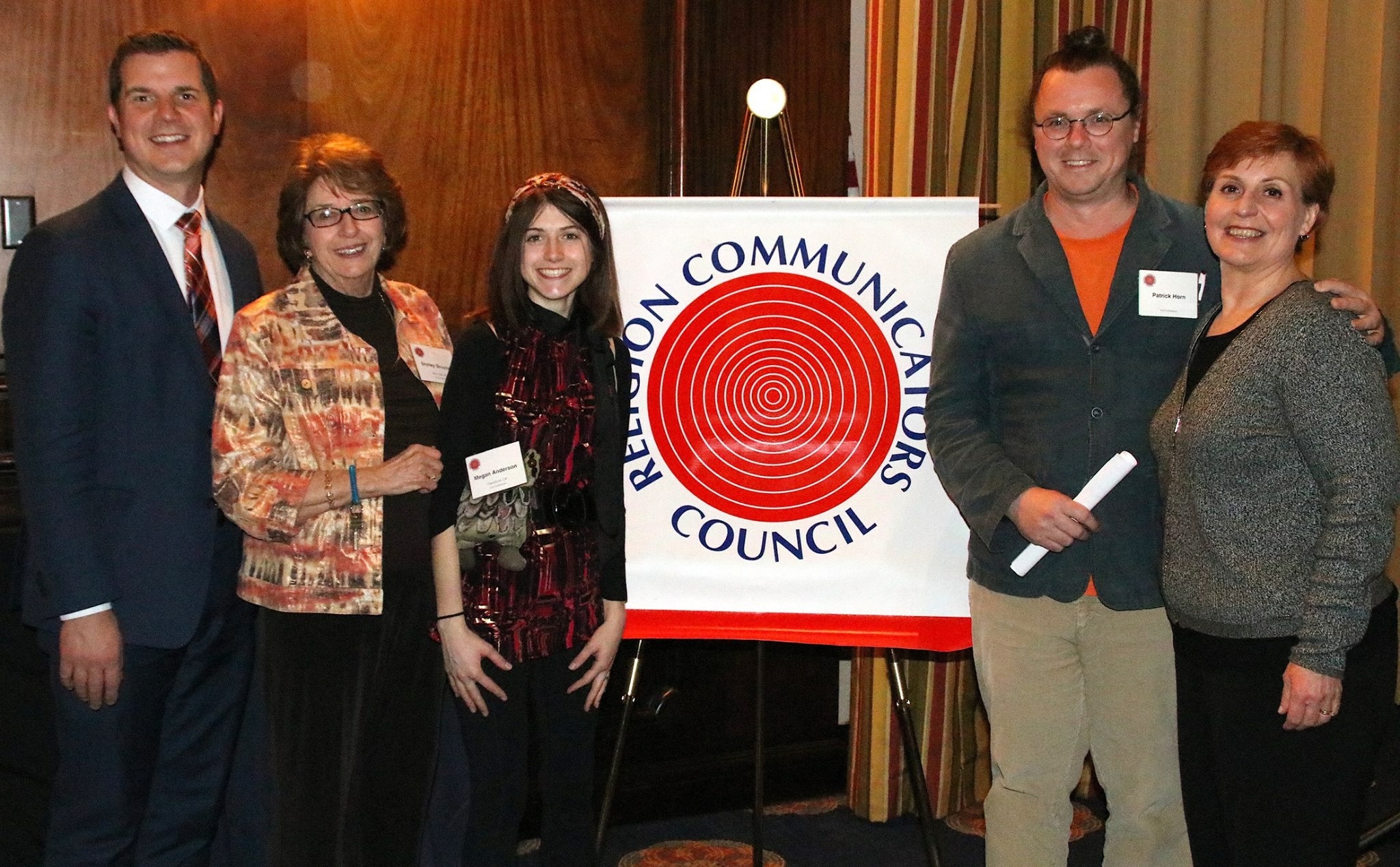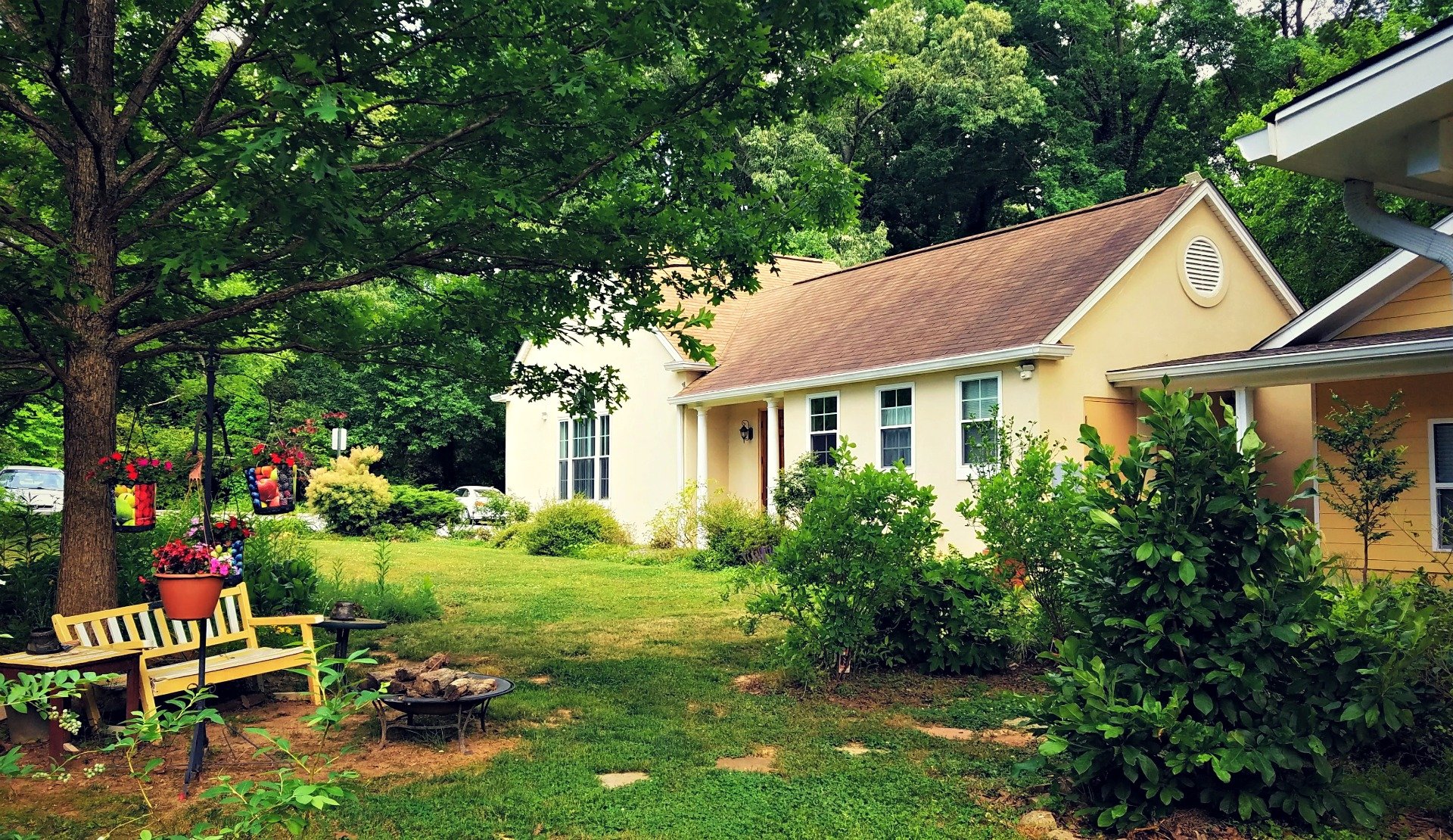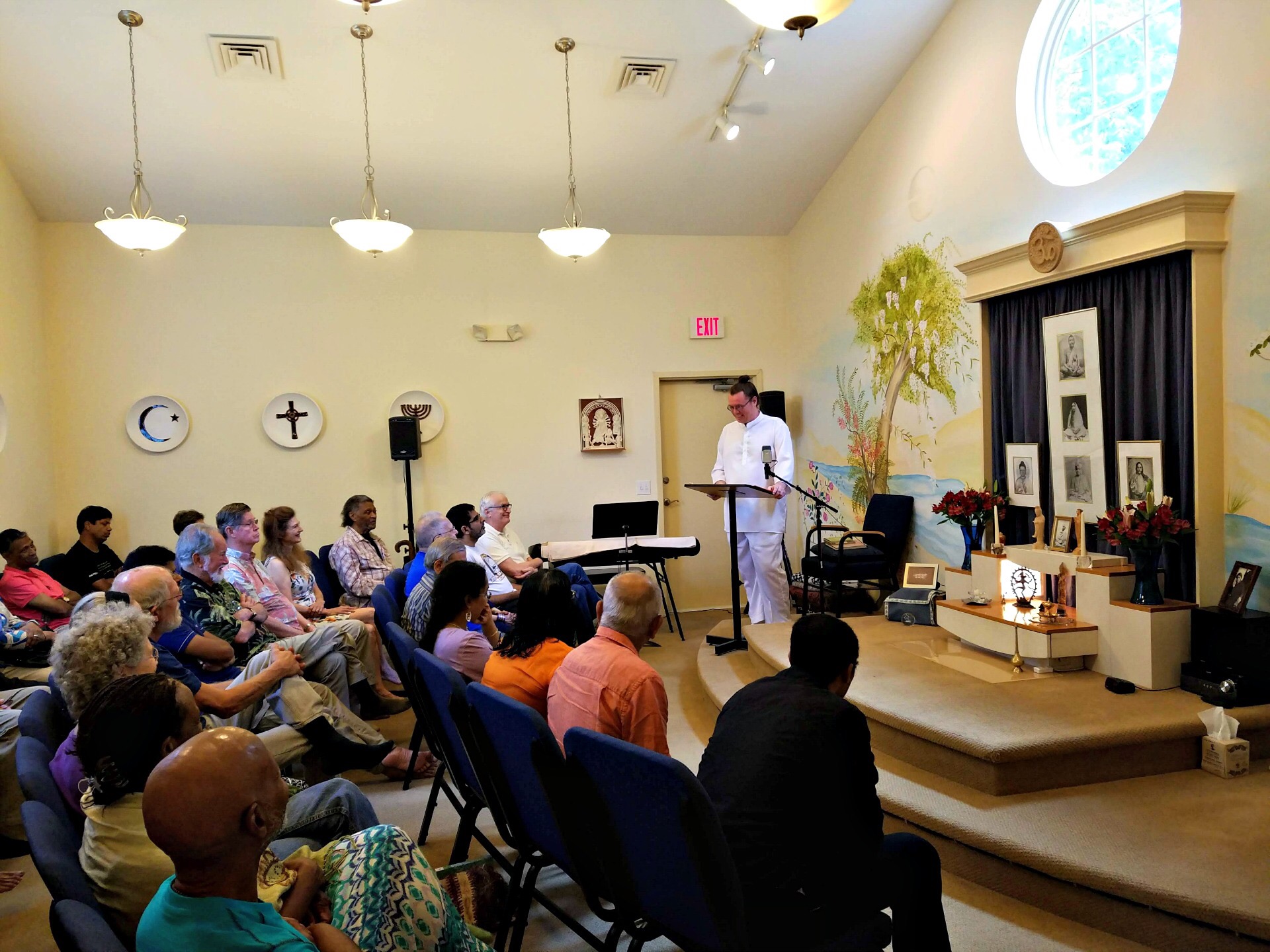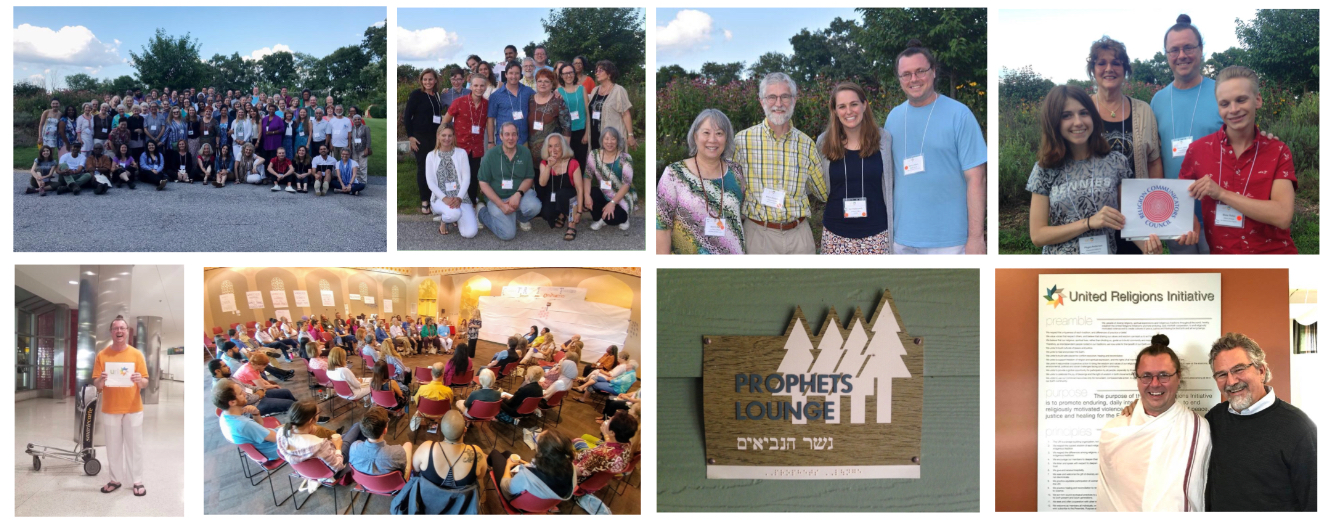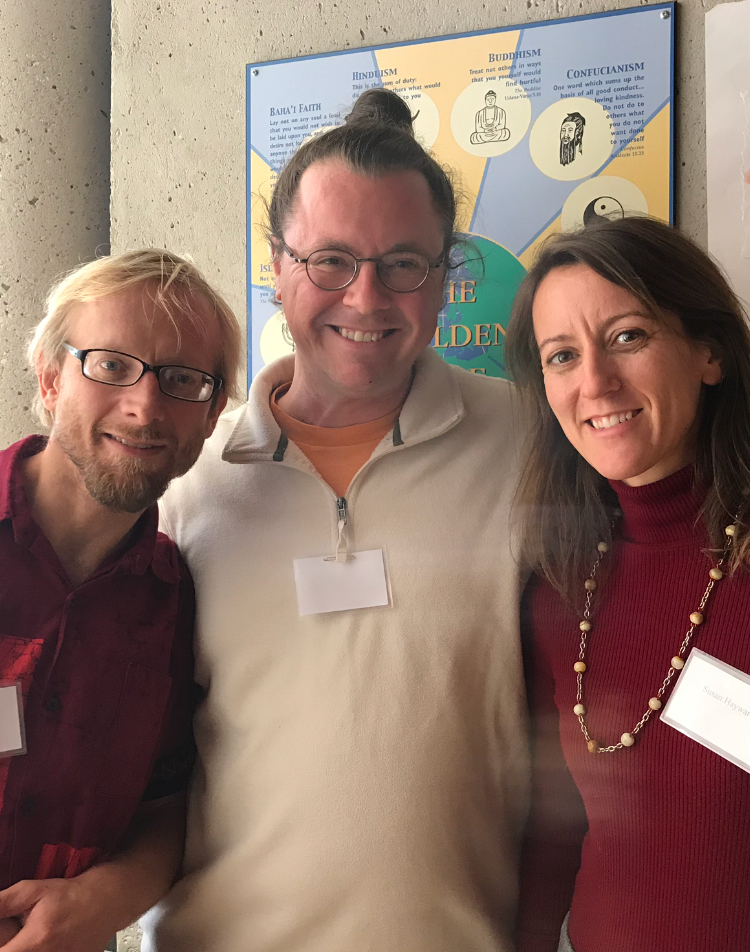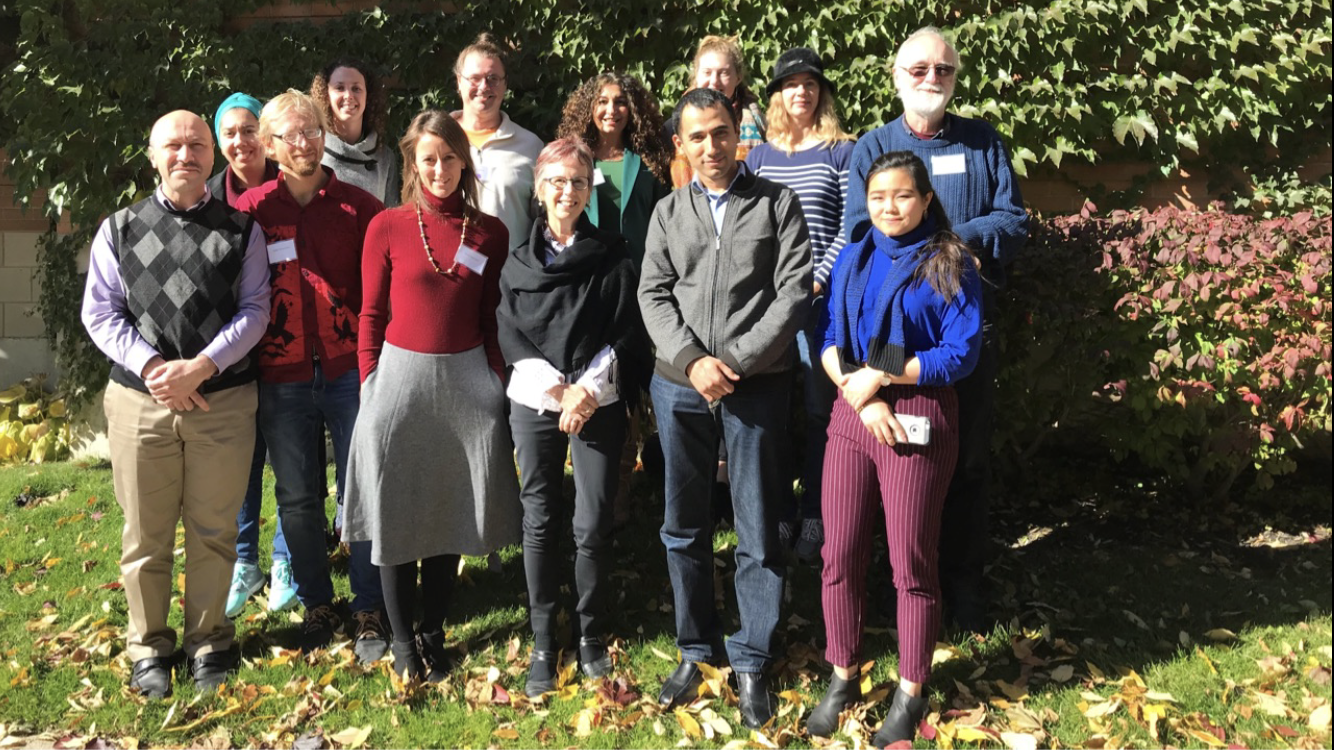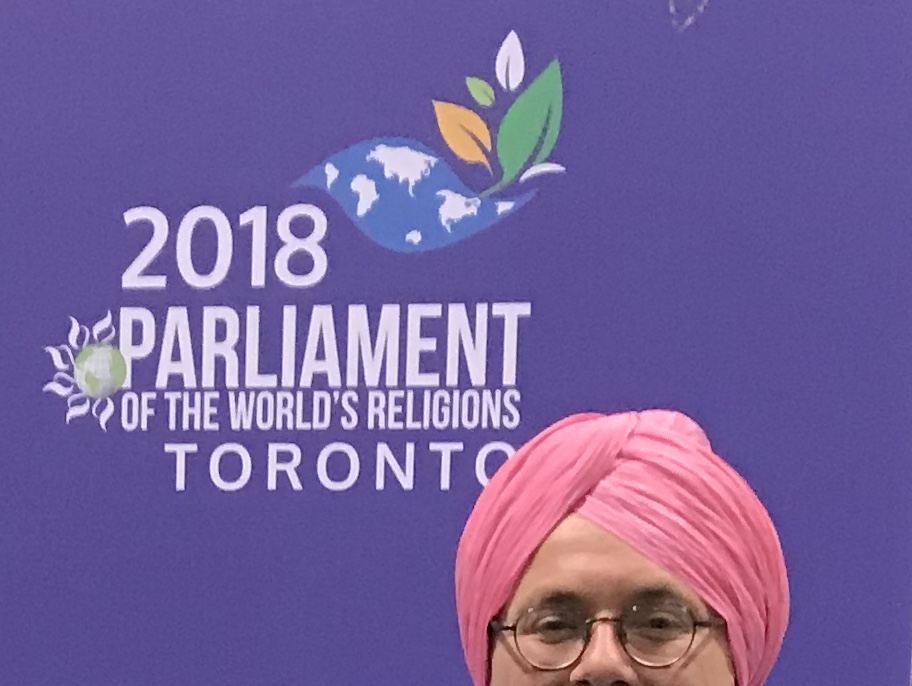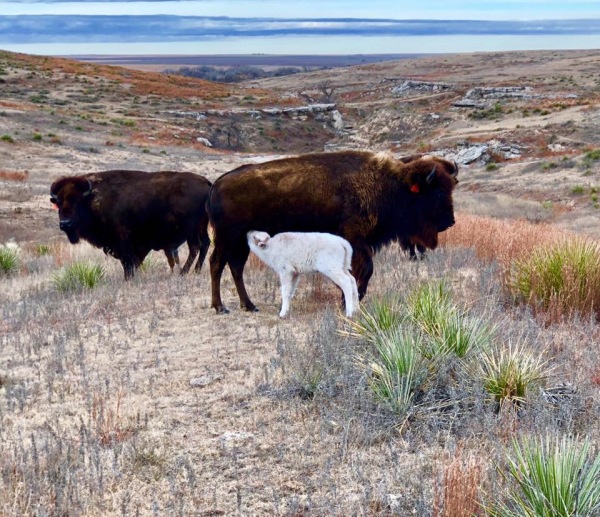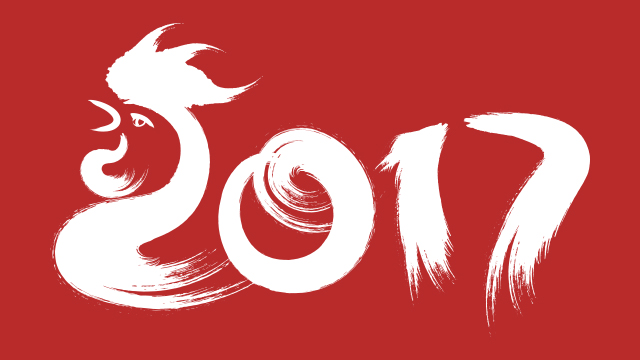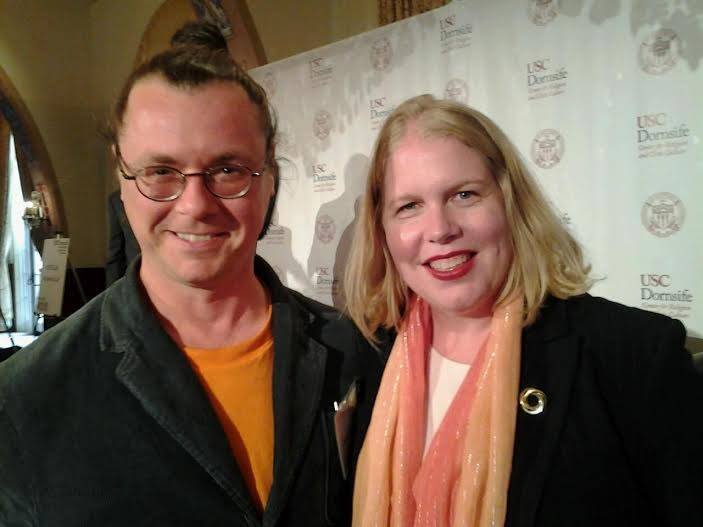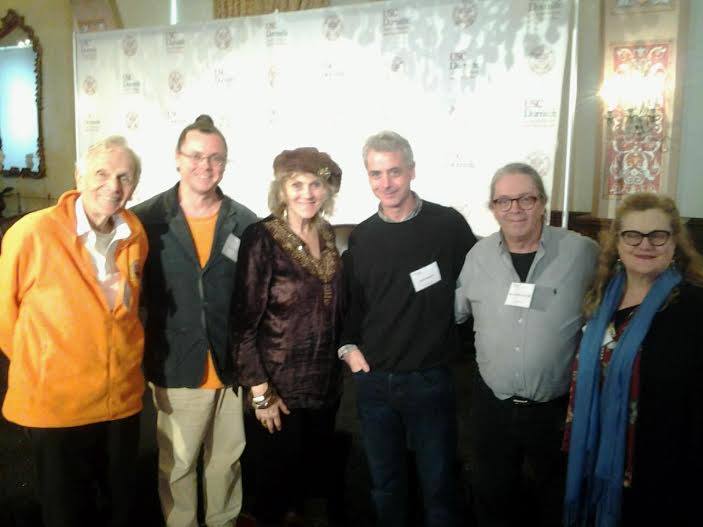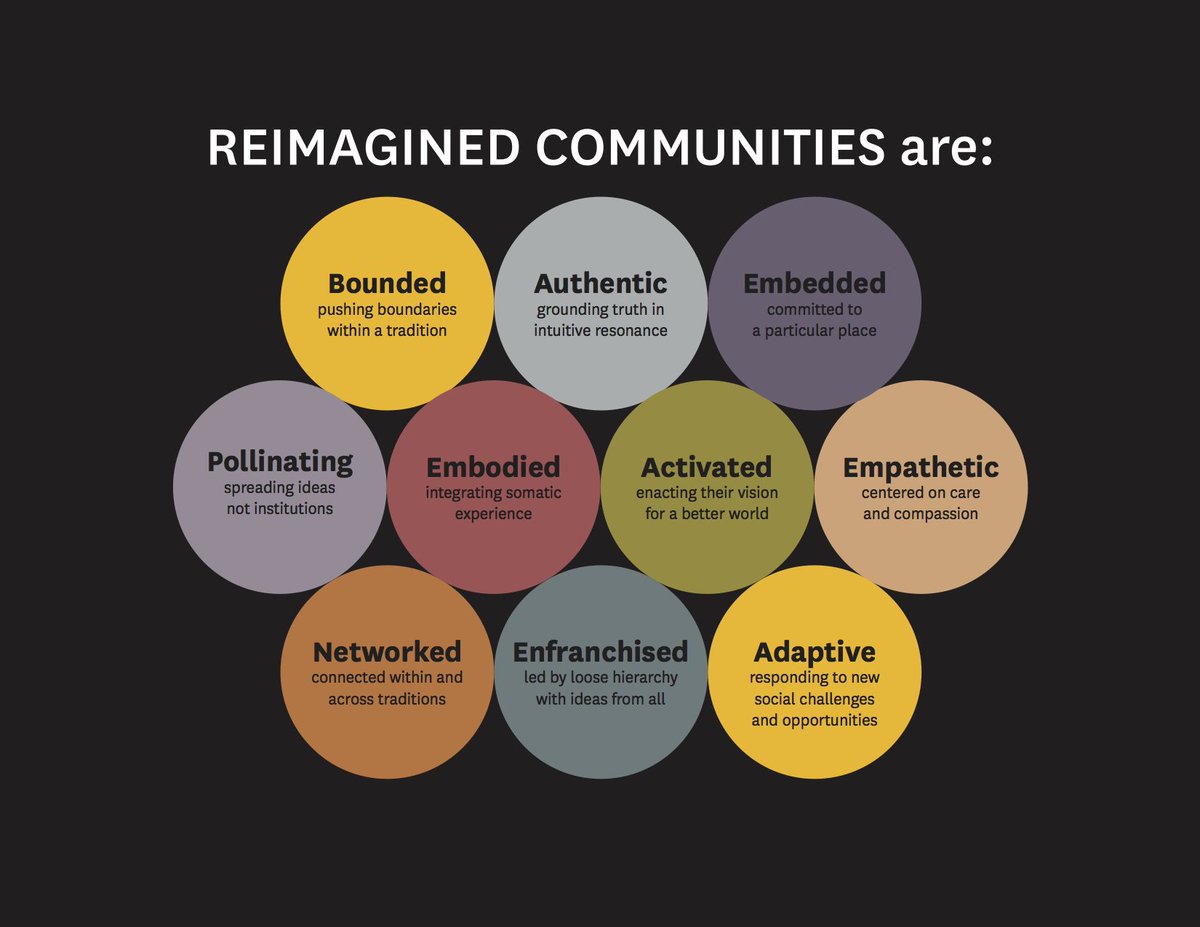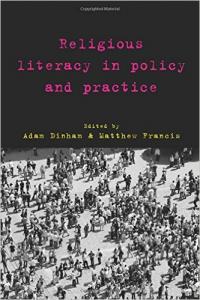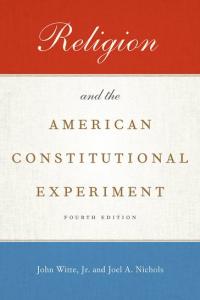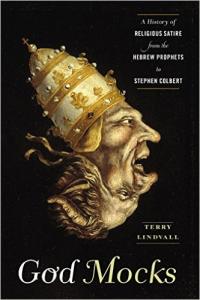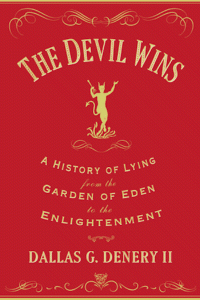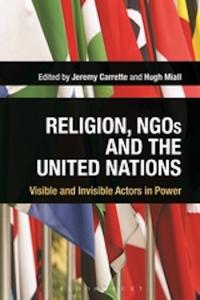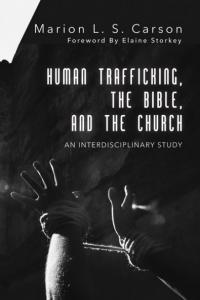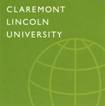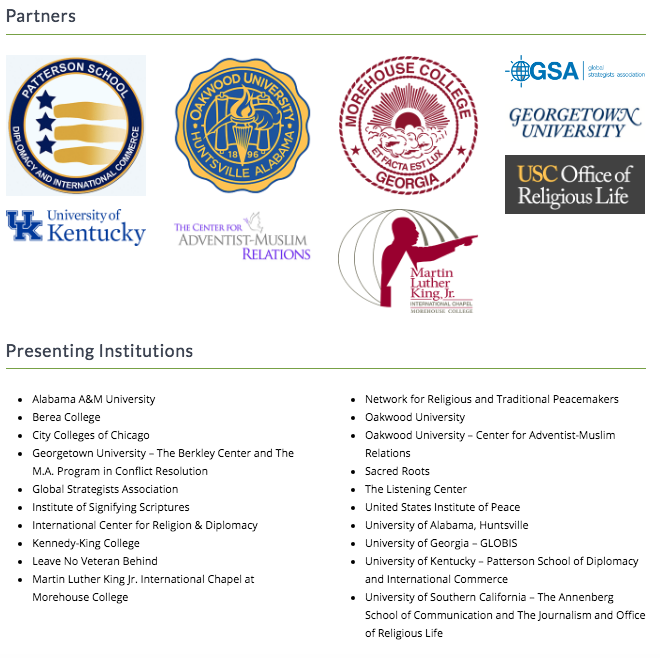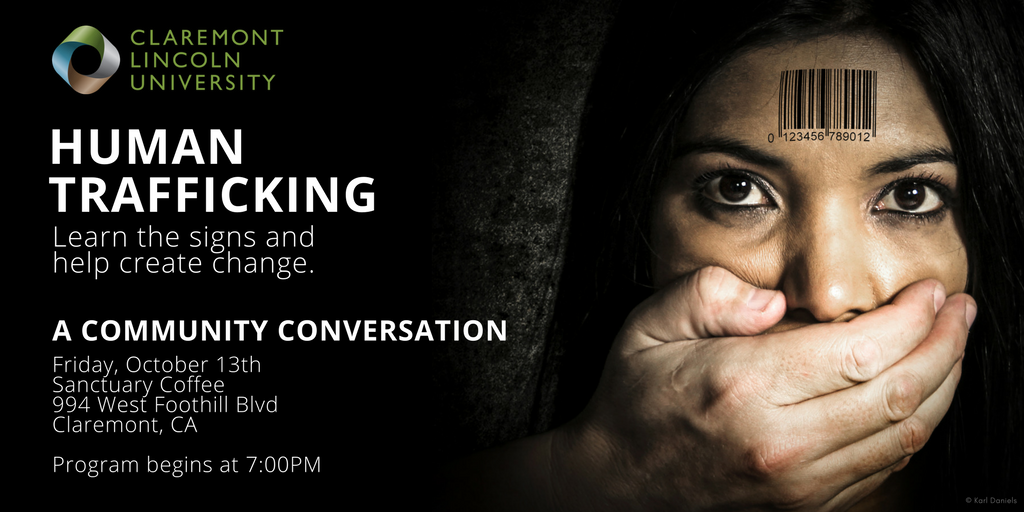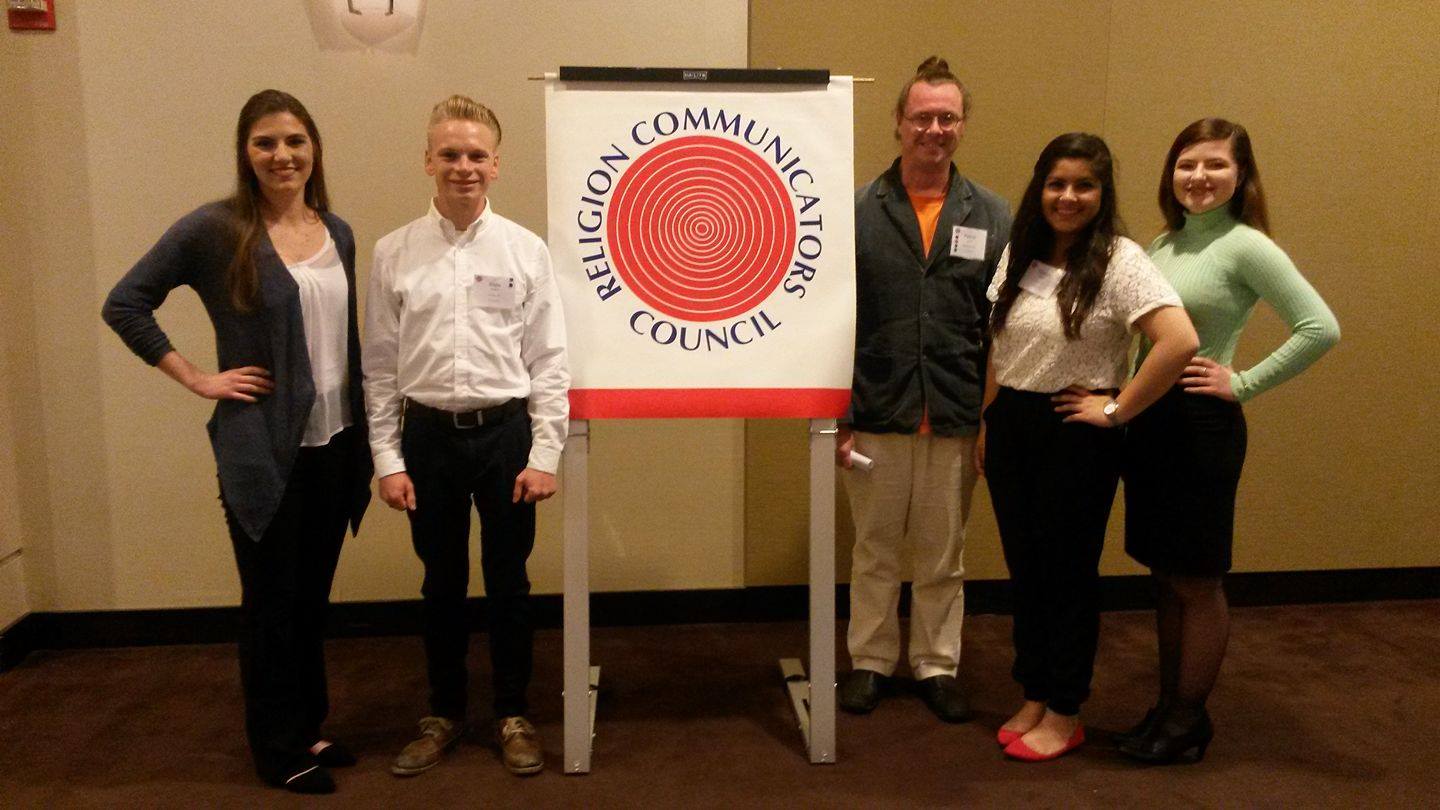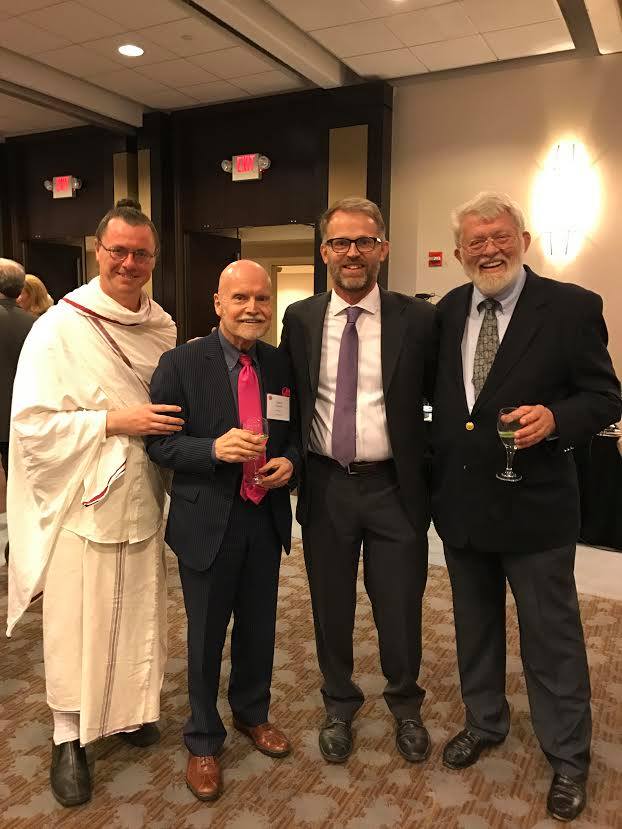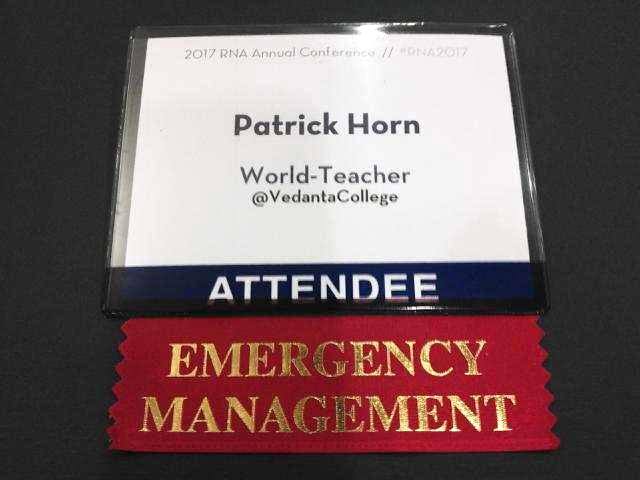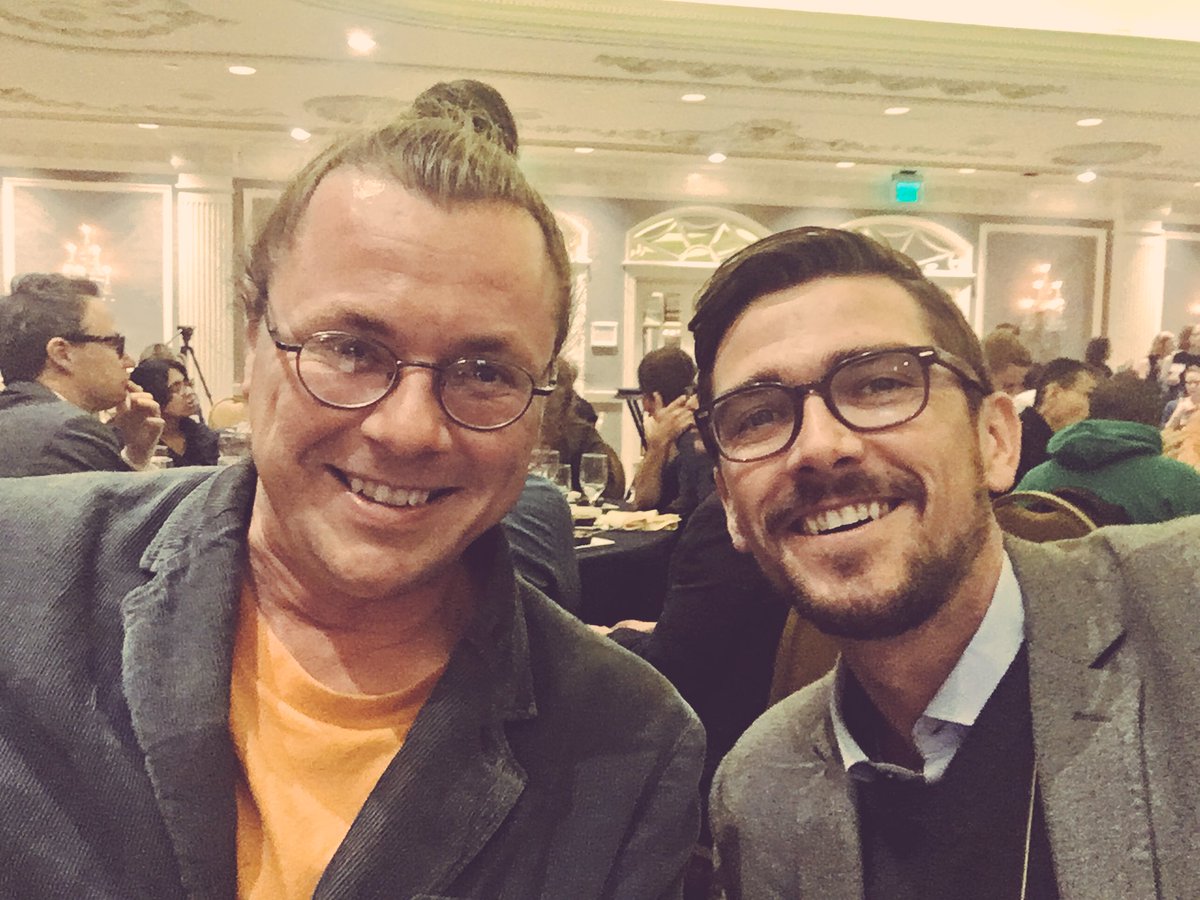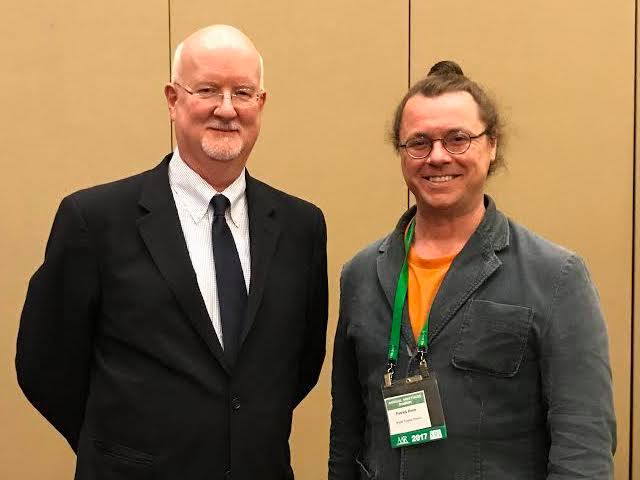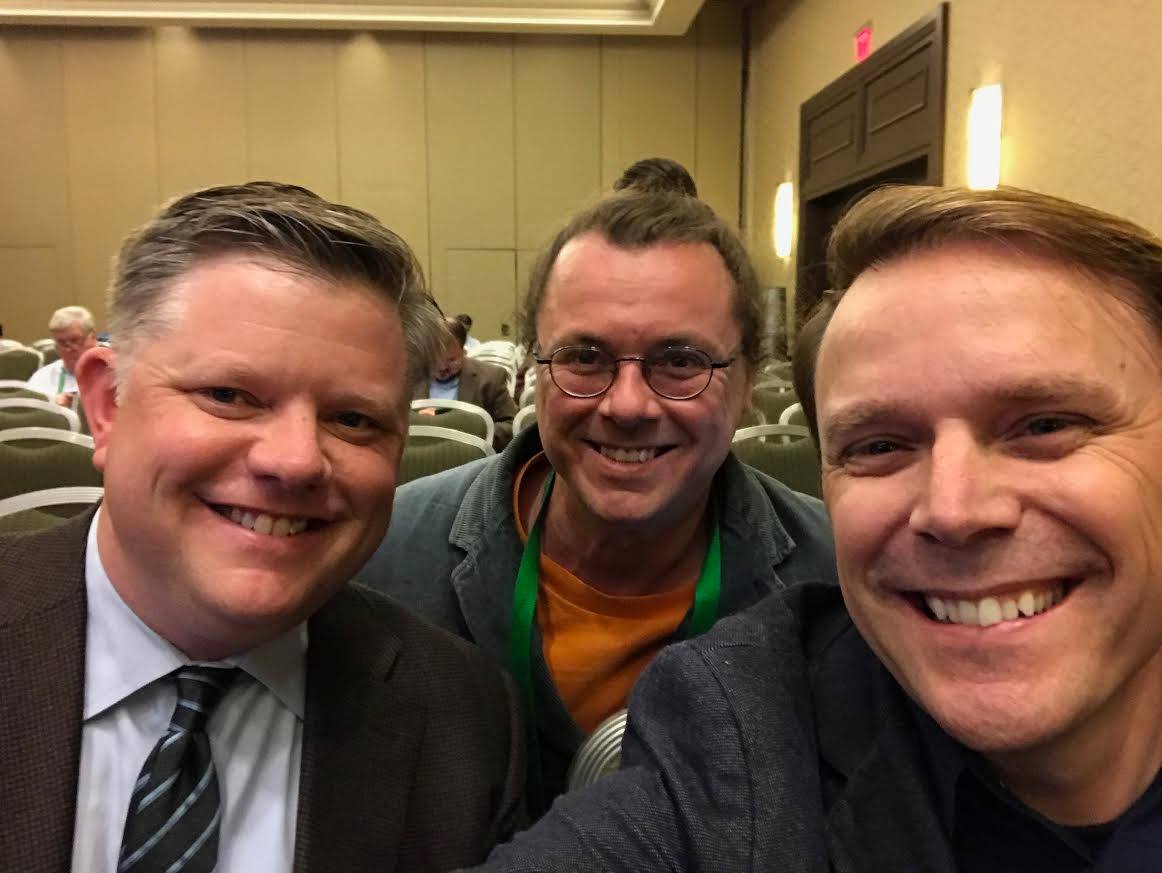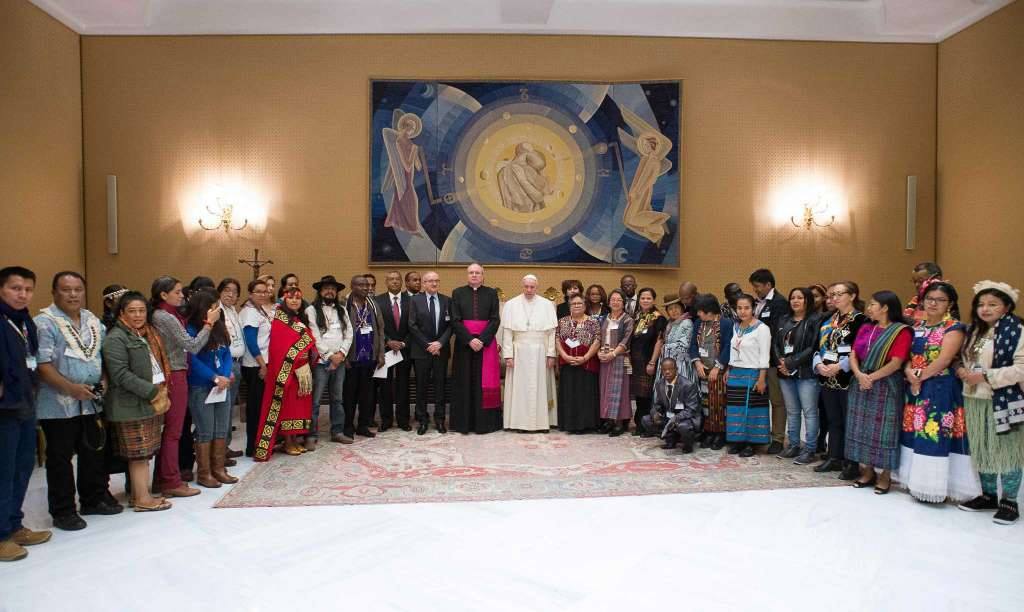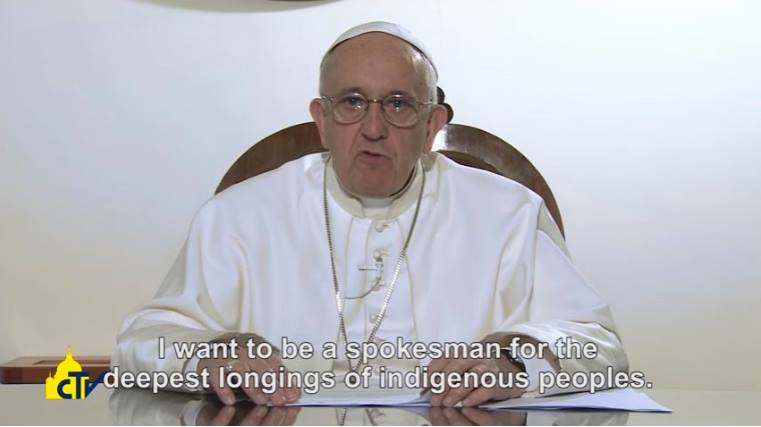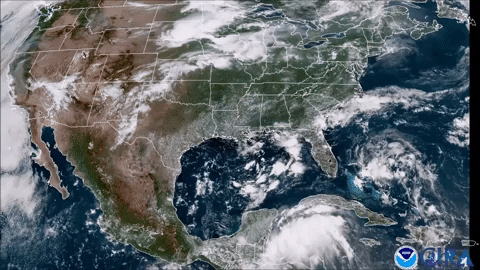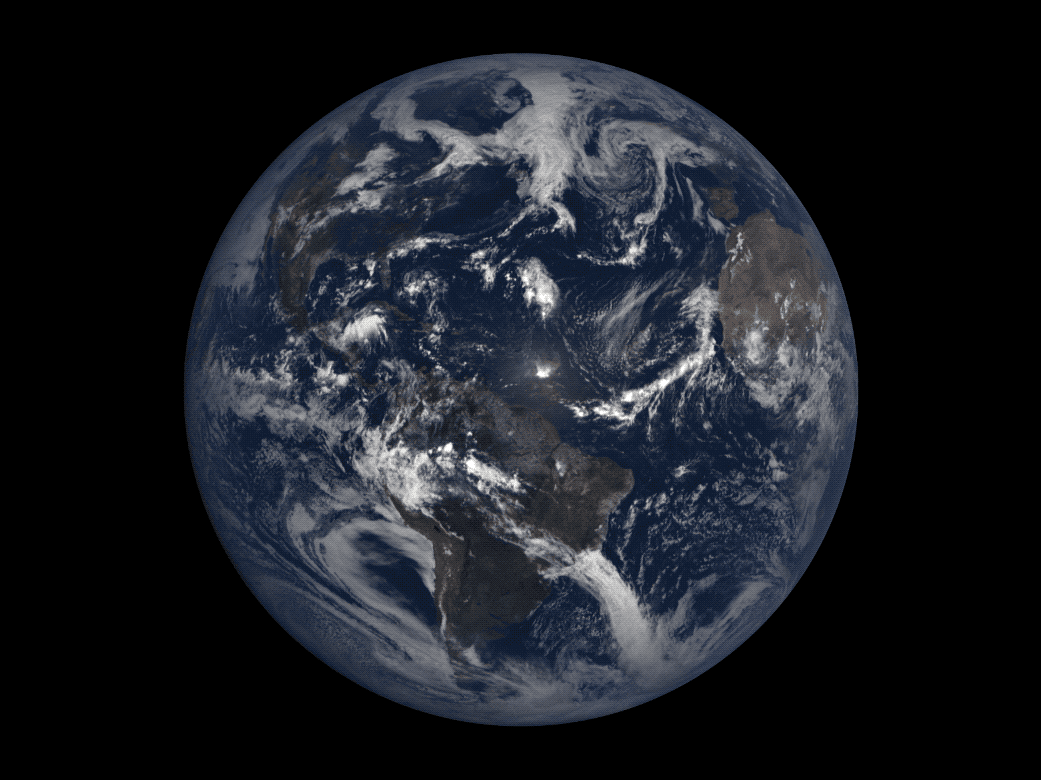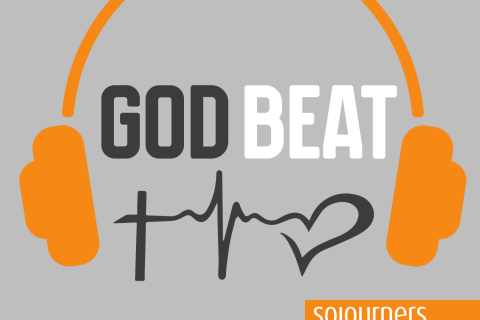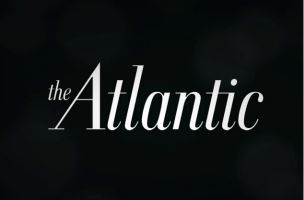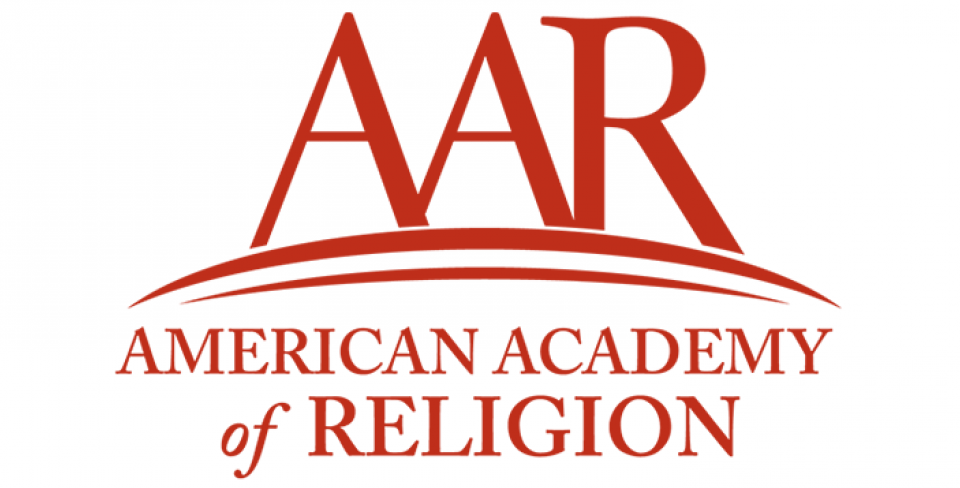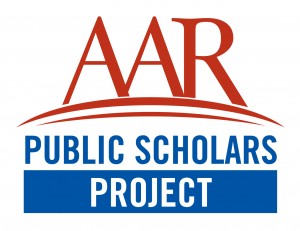
THE WORLD-TEACHER PROJECT is an educational and diplomatic mission allied with a vast coalition working through the Internet with maximum creativity and flexibility for environmental stewardship and social action aimed at justice and peace. The Project Manager fosters connections and strategic partnerships, facilitates and moderates conversation, and coordinates action toward common goals. The main task of the Manager is to build relationships: network, listen, influence with strong intelligence, and serve with a spirit of generosity and compassion.
The “Network for Religion, Media, and Civic Life” (in Alumni Fellowship with the Institute for Digital Civic Culture at the University of Southern California) bridges academia, journalists, and policymakers with interfaith actors and communicators to increase the public understanding of religion and its impacts in many domains:
- Declaration Day 2017
- 2017 Year-End Report
- 2018 Year-End Report
- 2019 Year-End Report
- 2020 Year-End Report
- 2021 Year-End Report
- 2022 Year-End Report
Here’s my “top ten” memories from the Year of the Wood Rabbit:
10. Pescadero Municipal Advisory Council (PMAC)

Dr. Patrick Horn was elected to PMAC, established in 1992 to advocate for all issues of concern to the residents of Pescadero, Loma Mar, and the South Coast. The council actively encourages and coordinates public input with the objective to promote the welfare of the Pescadero area as an integral part of both San Mateo County and the State of California. This includes supporting an environmentally progressive community with agricultural character. As a rural farm town and underresourced, disadvantaged unincorporated community, Pescadero has a history of emergencies including wildfires and flooding.
From top left, Jellybean the Postal Service Cat was evicted from local facility by USPS district manager; Congressional Rep. Anna Eshoo intervened; County Supervisor Ray Mueller (pictured with legislative aide Kathleen M. and PMAC members Nic Erridge and Rob Skinner) persuaded the Coastal Commission to overrule regulations that prohibited development necessary so local schools have clean drinking water; new climate change policies with State Senator Josh Becker; new Coastside Police Squad Captain with Sheriff’s Deputies; broadband phalanx includes local, county, state, and federal partners; Farmworkers Commission prioritized affordable quality healthcare, education about rights (civil, labor, housing), and affordable housing development; emergency preparedness fair at the Community Church on Stage Road.
Faith in Action Bay Area trained our local farmworkers with essential tools (e.g. public speaking, consensus building, effective outreach strategies, etc.) needed to organize successful advocacy campaigns, and some residents shared their priorities with a group of faith leaders in the Peninsula Solidarity Cohort. A working group of partners united for resilience, response, and recovery have applied for grants to build capacity and social infrastructure for climate change adaptation including neighborhood-level coordination and communications at the household-level. Dr. Horn also serves on the steering committee for the Pescadero Community Plaza.
9. Pacific Coast Band

Certified by Radio Indie Alliance: “Run River Run” (based on poetry by Swami Vivekananda) reached #1 in UK-London, #2 in the United States (AK, CA, CO, CT, FL, IA, IN, KS, LA, MA, ME, MO, NM, NY, OH, PA, SD, TX, UT, VA, WA, WI), #3 in Los Angeles, #3 in Australia, #8 in New York, and #15 globally in Argentina, Austria, Canada, France, Germany, Ireland, Japan, Luxembourg, Mexico, Netherlands, Poland, New Zealand, Norway, Scotland, South Africa, Spain, Sweden! It is featured with the Pacific Coast Band‘s previous #1 hit single, “The Flying Saucer Song,” and other favorite tunes on a Greatest Hits collection. Singer-Songwriter-Producer Patrick Horn was profiled in the Janesville Gazette: “The Son of White Buffalo Calf Woman” is a musician who united the world’s religions in a time of many troubles. He performed the song at the Parliament of World’s Religions, and it was also featured during a Peace Sundays episode. Donate to the Artist.

8. Peace Sundays

Dr. Patrick Horn is a co-host and co-producer of the sacred activism broadcast series, Peace Sundays. He serves as co-chair of the Environmental Stewardship Committee of the Unity and Diversity World Council and One Global Family Alliance (a cooperation circle of the United Religions Initiative (URI), a non-governmental organization with consultative status at the United Nations Economic and Social Council (UN-ECOSOC). This year’s livestreamed programs with interfaith leaders and indigenous elders were timed to World Interfaith Harmony Week, World Water Day, and Earth Day/Arbor Day.
7. The Art of Spiritual Direction

Dr. Patrick Horn received training in Catholic companionship from the Center for Ecumenical and Interreligious Engagement at Seattle University. “Soul Care” is an ancient practice in which one person serves as guide, conversation partner, and co-discerner with another who intentionally seeks to explore and grow in spiritual life [reconnecting to true identity in relationship with others, focused and attentive to the divine will, on a path toward righteousness, or holiness and sainthood]. The director asks facilitating questions and helps the seeker to articulate their unique faith experiences, grasp their implications, and make choices based on interpretive assumptions. Both partners seek to discover the origin, meaning, and purpose of religious experience and “leadings” (or promptings), not limited to the early stages of practices and spontaneous experiences of God, but throughout a lifetime of growth in ethical character and virtue, love, and compassion. Dr. Horn also completed a Pierre Teilhard de Chardin masterclass which was developed by Stanford University, UC-Berkeley, Fordham University, St Mary’s College, and others. He participated in a professional development workshop with the Jesuit Conference and continues to practice his improvisational skills in the California Arts Council sponsored Capital Storytelling Community Story Lab.
6. Religion Communicators Council

The Religion Communicators Council (RCC), founded in 1929, is an association of communications professionals who work for and with a diverse group of faith-based organizations in the areas of communications, public relations, advertising and development. Members represent a variety of communications disciplines, including: editors, writers and designers, photographers, videographers, broadcast, social media, web developers, marketers, fundraisers, project managers, and students.
Dr. Patrick Horn, a past RCC Governor and Membership Committee Chair, currently serves as an Awards Judge, and he participated in a professional development workshop on Faith and A.I. featuring PRophet.AI (headquartered at 1 World Trade Center, NY). “A bot trained on all human knowledge wants a job on your support team.” He also served this year as a consultant to the Forecasting Research Institute (UPenn) and as a grant reviewer for the California Arts Council.
5. Parliament of World’s Religions



The Parliament of World’s Religions, the oldest and largest interfaith organization, convened in Chicago to celebrate the 130th-anniversary since the inaugural event seven generations ago in 1893. Almost 7,000 people from 200 traditions and 80 countries gathered at McCormick Place, the largest convention center in North America for programs including a plenary featuring the Interfaith Rainforest Initiative (see below, senior program advisor Dr. Charles McNeill). Global media network reach was 2.5-billion people.
Dr. Patrick Horn co-produced two well-attended and well-received panels focused on prophecy and water. The coordinated movement continued through the Interfaith G20 and the Faith Pavilion at COP28, which included a plenary address by Ojibwe Great-Grandmother Mary Lyons (see below).
Meanwhile, Dr. Horn is participating in training workshops hosted by the Oracle Institute and personal mentoring with U.N. Messenger of Peace nominee Rev. Patrick McCollum (see below). He is the builder of the World Peace Violin, which broke during the Parliament and was later repaired. Both Patricks are actively involved behind-the-scenes in sensitive high-level multi-lateral negotiations for conflict resolution and a more peaceful, just, and sustainable world.


4. American Academy of Religion

Dr. Patrick Horn wrote a new article about Vedantic Cosmopolitanism for Reading Religion, an open-access book review website published by AAR, the world’s largest association of academics who research or teach topics related to religion. An anthology of all his contributions to the platform is now available.
3. Interfaith University

Dr. Patrick Horn produced an online study program for PRACTICAL VEDANTA that explores the global history, core concepts, key texts, essential practices, and influential personalities of this spiritual philosophy.
1) History: Vedanta in the East
2) History: Vedanta in the West
3) Principles: Core Philosophical Concepts
4) Processes and Practices: Duty and Action
5) Processes and Practices: Devotion
6) Processes and Practices: Meditation
7) Processes and Practices: Knowledge
8) Personalities: Sri Ramakrishna
9) Personalities: Swami Vivekananda
10) Personalities: Aldous Huxley
2. United Lodge of Theosophists

Dr. Patrick Horn was invited to be a special guest lecturer, and he compared Theosophy with Vedanta, discussed the attitudes of Sri Ramakrishna and Swami Vivekananda toward Theosophy, and traced the history of the movement from the first Parliament of World’s Religions through the development of an esoteric colony in California, which was intended as the site for the further evolution of mankind and emergence of the Future Buddha as the Christ of the Aquarian Age.
1. Vedanta Society

Dr. Patrick Horn is an initiated member of the Vedanta Society, which he first encountered in Hollywood on Christmas Eve twenty years ago. He enthusiastically sang along with the Christmas carols, so the Choir Director invited him to join the group. His diksha guru was Swami Swahananda, and during his training, which included extended residencies at various centers, he received the ideal of Philosopher-Farmer, or राजर्षि. His spiritual formation and interfaith action was realized especially through the sympathy and support of Swami Atmatattwananda, aka Shiva Maharaj. Dr. Horn cheerfully celebrated the special anniversary with three holiday music programs in Southern California.
Christmas Eve is also the founding of the Ramakrishna Order in 1886, and Swami Vivekananda (who traveled to Chicago in 1893 with a copy of the Imitation of Christ) celebrated the holiday ten years later at the Vatican in 1896. In the 1980s, a monk of the Ramakrishna Order had an audience with His Holiness the Pope at the Vatican. John Paul II said with a smile: “I know everything about you.” What he knew about the Ramakrishna Order he did not, however, disclose.
